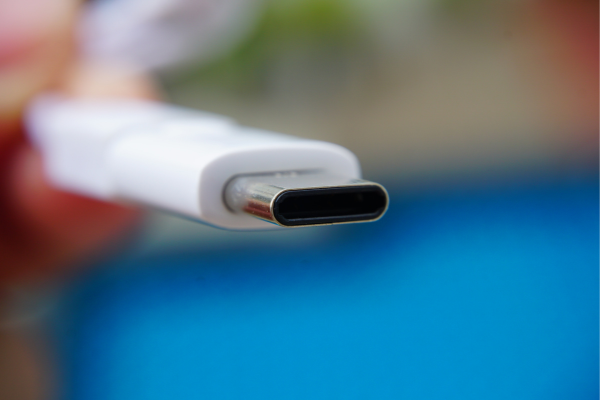June 16, 2022

The provisional agreement on the amended Radio Equipment Directive, establishes a single charging solution for certain electronic devices. This law is a part of a broader EU effort to make products in the EU more sustainable, to reduce electronic waste, and make consumers’ lives easier.
Under the new rules, consumers will no longer need a different charging device and cable every time they purchase a new device, and can use one single charger for all of their small and medium-sized portable electronic devices. Mobile phones, tablets, e-readers, earbuds, digital cameras, headphones and headsets, handheld videogame consoles and portable speakers that are rechargeable via a wired cable will have to be equipped with a USB Type-C port, regardless of their manufacturer. Laptops will also have to be adapted to the requirements by 40 months after the entry into force.
The charging speed is also harmonised for devices that support fast charging, allowing users to charge their devices at the same speed with any compatible charger.
Consumers will be provided with clear information on the charging characteristics of new devices, making it easier for them to see whether their existing chargers are compatible. Buyers will also be able to choose whether they want to purchase new electronic equipment with or without a charging device.
These new obligations will lead to more re-use of chargers and will help consumers save up to 250 million euro a year on unnecessary charger purchases. Disposed of and unused chargers are estimated to represent about 11,000 tonnes of e-waste annually.
As wireless charging technology becomes more prevalent, the European Commission will be empowered to develop so-called delegated acts, on the interoperability of charging solutions.
After the summer recess, Parliament and Council will have to formally approve the agreement before it is published in the EU Official Journal. It will enter into force 20 days after publication and its provisions will start to apply after 24 months. The new rules would not apply to products placed on the market before the date of application.
This is valid as of 16th June 2022.
 What you’ll get:
What you’ll get: Free downloads, advance notice of webinars, product updates and perks – all straight to your inbox.